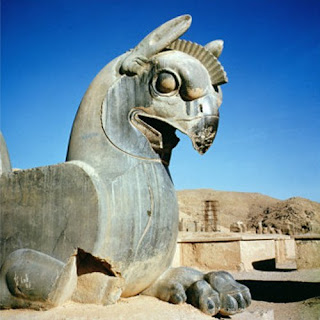Surface Enlargement
In which we enlarge one of our 9 objects to A1 size.
Considerations :
Detail, Texture, Form, Shape, Composition, Positive & Negative shapes.
One of the starting points which was very helpful, was to do some initial thumbnail sketches,
with the object in different positions. The object should touch the edges of the sheet, although it can spill over the edge in places if that improves the overall composition.
with the object in different positions. The object should touch the edges of the sheet, although it can spill over the edge in places if that improves the overall composition.
Through this process we also learnt about how to produce a perfect rectangle The perfect rectangle (originating from Greek philosophy) is composed from 2 squares. It is incredibly important in design (the latter is used everywhere throughout history & still to-day, from doors, windows, picture frames etc).
Another criteria for producing this drawing, is to use straight lines only. This is a very new and interesting way of drawing for me, & the methodology involves drawing from the shoulder.
Another criteria for producing this drawing, is to use straight lines only. This is a very new and interesting way of drawing for me, & the methodology involves drawing from the shoulder.
 |
| Here is a piece of work done as an example of how one might proceed having completed the enlarged line drawing. Colour is added, using various media, including paint or biro. There is a lot of emphasis on darks & lights, so that if there is light on the object, it follows that the background must be dark, and vice versa. Matisse was a master in this respect, protraying reflected light masterfully. |
Lichenstein again comes to mind, as his working method involved:
Selecting & cropping an image, sketching & modifying it by hand, enlarging it, finally painting it.
These stages are all relevant to the design/development process, where the start point is modified until it becomes something completely different. Select and Reduce, Modify or Simplify, Enlarge, Overlap, Repeat, 2D becomes 3D, Curved lines become straight, positives become negatives, Old becomes New.




Comments
Post a Comment